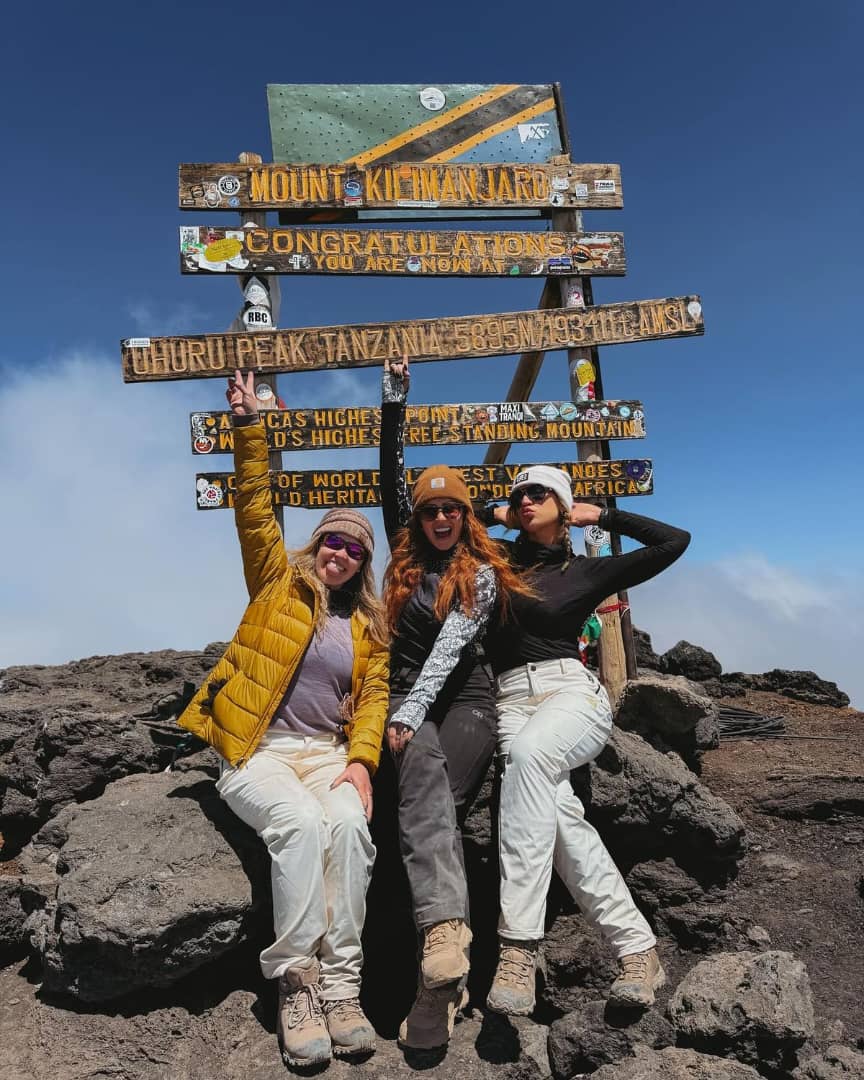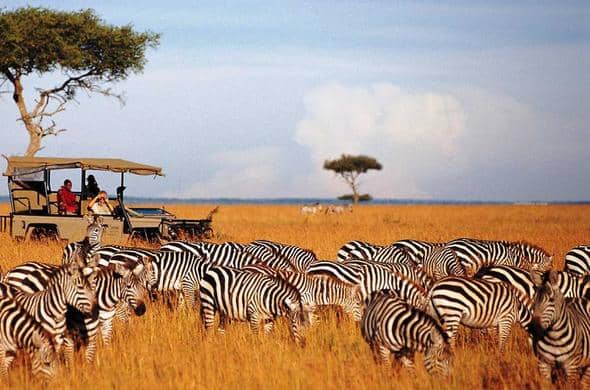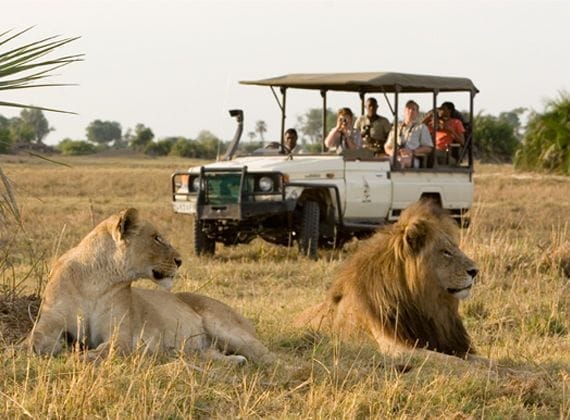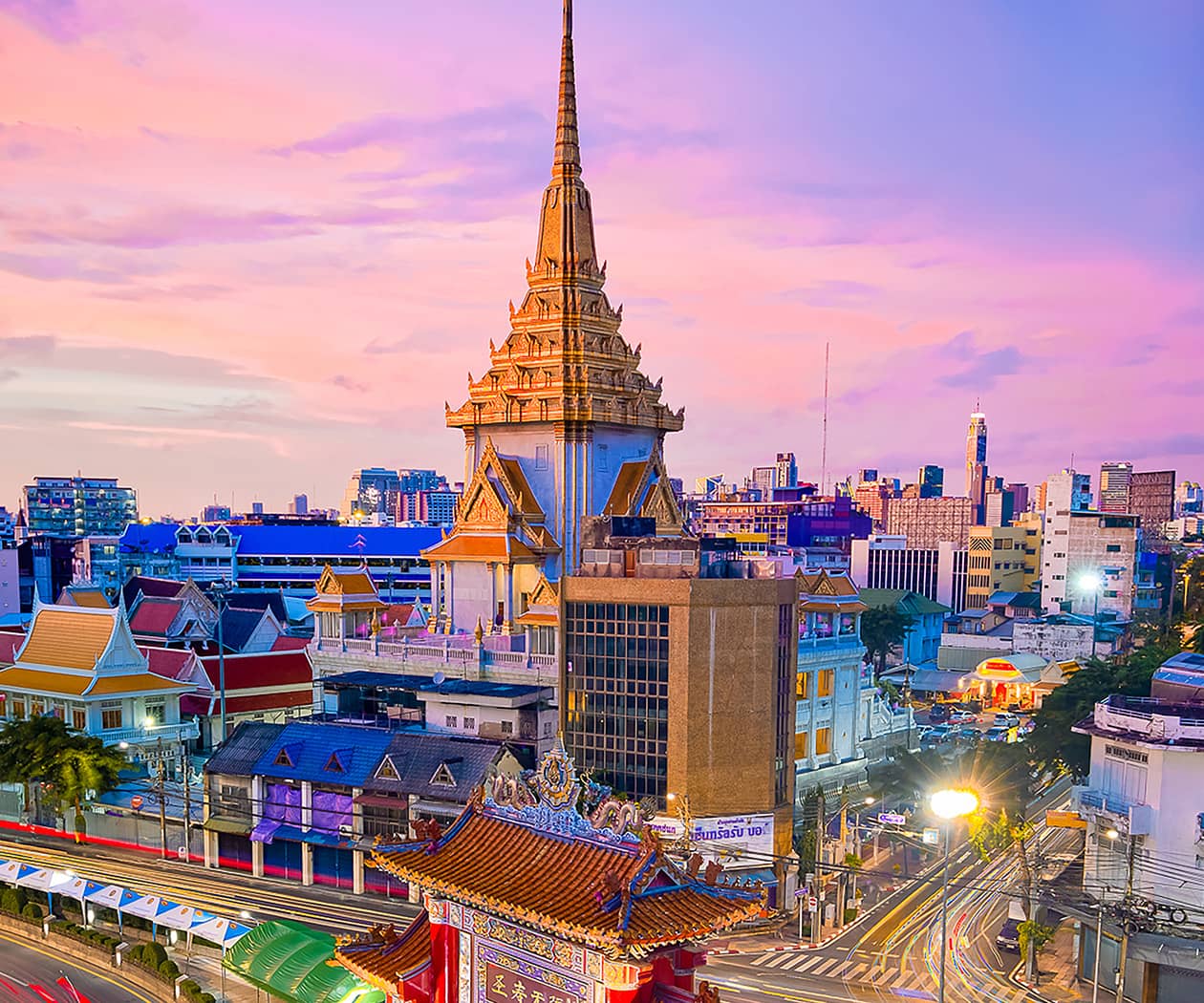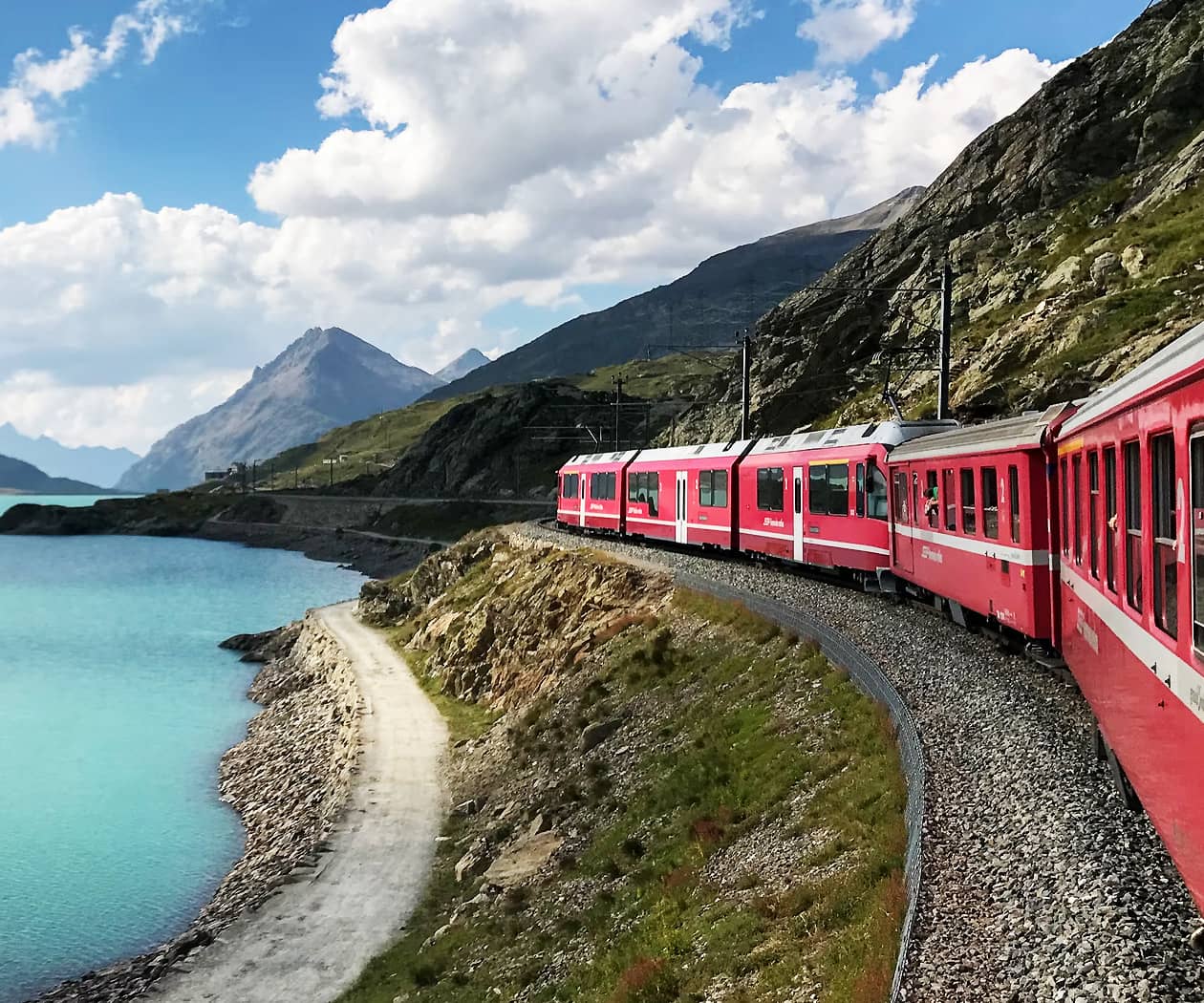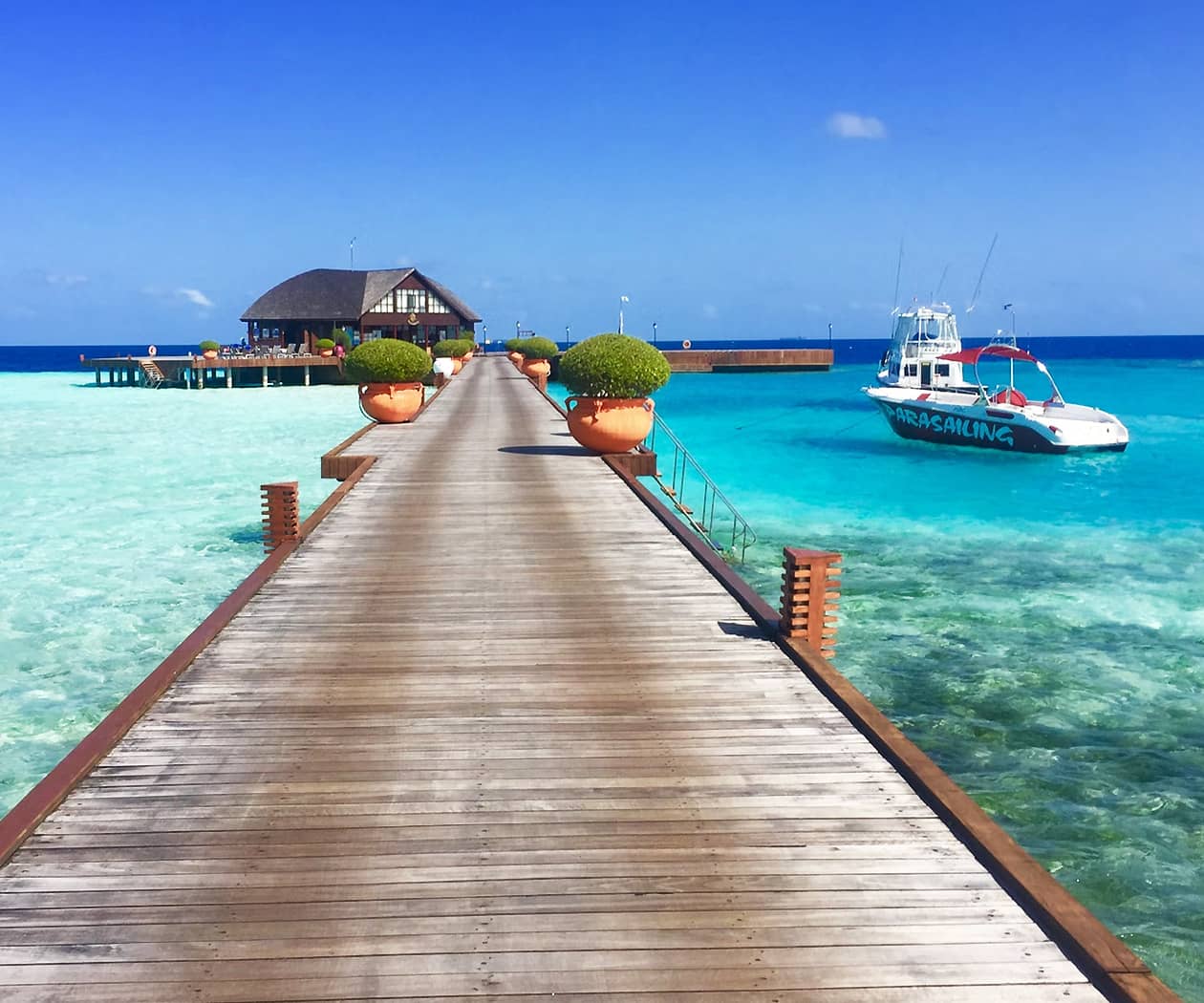How Gorilla Trekking Helps Communities in Uganda
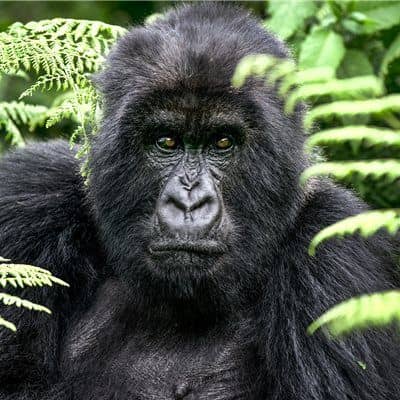
Gorilla trekking in Uganda is more than just an unforgettable wildlife experience, it’s a lifeline for local communities. When travelers embark on this adventure, they directly contribute to conservation efforts, education, and economic growth in remote areas. How Gorilla Trekking Helps Communities in Uganda is a story of sustainable tourism creating real change.
In this blog, we’ll explore the powerful impact of gorilla tourism, from job creation to healthcare initiatives and cultural preservation. By choosing to trek with responsible operators, visitors play a crucial role in protecting these endangered primates while uplifting the people who call these forests home.
1. Economic Empowerment: Jobs & Local Businesses
Direct Employment Opportunities
Gorilla tourism generates thousands of jobs in Uganda, including:
-
Park rangers & trackers (many from nearby villages)
-
Tour guides & lodge staff
-
Drivers, cooks, and porters
For every gorilla trekking permit sold ($800 for foreigners), 20% goes directly to community development projects.
Supporting Small Businesses
Local entrepreneurs benefit through:
Handicraft markets (gorilla-themed souvenirs)
Homestays & community-run lodges
Transport services for tourists
Real Impact: In Buhoma village near Bwindi, over 60% of households now earn income from tourism-related work.
2. Funding Conservation & Anti-Poaching Efforts
Protecting Mountain Gorillas
Permit fees and park entry charges fund:
-
Ranger patrols to prevent poaching
-
Veterinary care for injured gorillas
-
Habitat restoration projects
Success Story: Uganda’s mountain gorilla population has increased from 300 in the 1980s to over 500 today, a conservation win made possible by tourism revenue.
Human-Wildlife Conflict Resolution
Communities receive compensation when gorillas damage crops, reducing retaliation killings. Programs like:
Buffer zone farming initiatives
Beehive fences to deter gorillas from farmland
3. Community Development Projects
Healthcare & Education
Tourism dollars have built:
Health clinics near Bwindi and Mgahinga
Schools with scholarships for local children
Clean water systems in remote villages
Example: The Bwindi Community Hospital, funded partly by tourism, serves 50,000+ patients annually.
Infrastructure Improvements
-
Roads & bridges connecting isolated areas
-
Solar power installations in off-grid villages
-
Wi-Fi hubs for education and ecotourism training
4. Cultural Preservation & Indigenous Rights
The Batwa People: From Hunters to Conservation Ambassadors
Once displaced from their forest home, Uganda’s indigenous Batwa pygmies now:
Lead cultural tours sharing traditional knowledge
Work as trackers using ancestral skills
Participate in reforestation programs
Visitor Experience: Many lodges offer authentic Batwa storytelling nights, with proceeds funding community projects.
Reviving Traditional Crafts
Tourism has revived:
Basket weaving cooperatives
Drum-making workshops
Folk music performances for guests
5. How Travelers Can Maximize Their Impact
Choose Responsible Tour Operators
Look for companies that:
Hire locally at fair wages
Support community-owned lodges
Contribute to conservation funds
Visit Community Projects
Enhance your trip by:
-
Touring schools or clinics your permit fees support
-
Buying directly from artisan cooperatives
-
Participating in tree-planting initiatives
Extend Your Stay
Spending extra days in communities boosts local economies. Consider:
Homestay experiences
Village cooking classes
Guided nature walks with resident experts
Success Story: The Nkuringo Model
This Bwindi-area community transformed from poverty to prosperity through:
-
Training 100+ locals as guides/porters
-
Building a community lodge (100% locally owned)
-
Funding a nursery school with tourism profits
Today, over 80% of families have improved incomes, proof of how gorilla trekking helps communities in Uganda.
The Future of Sustainable Gorilla Tourism
While challenges remain (like balancing visitor numbers with conservation), innovative programs are expanding benefits:
Mobile apps letting tourists donate directly to projects
Carbon-offset programs for international visitors
Agrotourism partnerships showcasing local farming
Conclusion: Your Visit Makes a Difference
Every gorilla trekking permit purchased, every local guide hired, and every souvenir bought from village artisans demonstrates how gorilla trekking helps communities in Uganda. This powerful model proves that wildlife conservation and human development can thrive together.
Ready to embark on a journey that changes lives, both primate and human? Book your Uganda gorilla trek today and become part of this extraordinary story.
